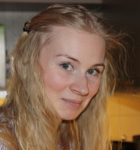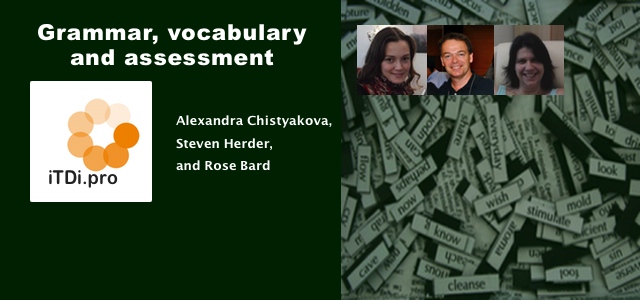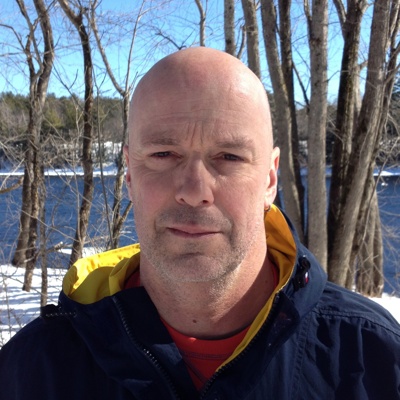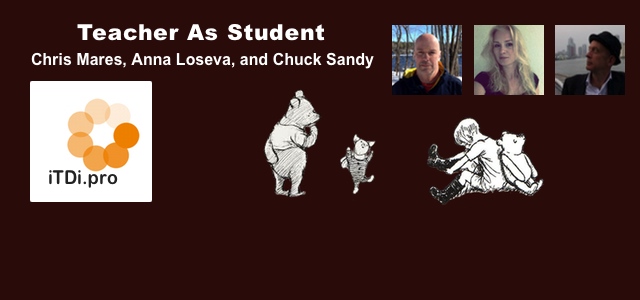Language Learning Stories – Anna Loseva

My name is Anna. I’m a Russian English language teacher. I live and teach in my native Moscow and have always done that. Also, I’ve been learning English here in various kinds of educational institutions for 22 years. Here’s my story of learning languages which I guess could bear some resemblance to the stories of some of you.
Story #1 – Herzlich Willkommen!
I studied German as my second foreign language at university for 3 years and then tried to sustain my level with self-studies for about a year. I have some vague memories of that and I might remember a few words and grammar rules that I memorized by heart. I doubt I will succeed making an intelligent conversation partner at anything over A1 level. Incidentally, I have never been to or was going to go to Germany.
Story #2 – Mi piace …

(an example of weird sample sentences in some language learning apps)
I took up Italian twice. First time I was enthralled by the vivid descriptions and eloquent stories about Italian language and culture experience of my adult student, a lady who was totally smitten with anything and everything Italian. I signed up for an Italian course on the BBC website (these courses, unfortunately, are no longer provided), bought myself a colourful new notebook for the good purpose of future accomplishments, … and managed about 4 out of 12 weeks of classes. It was exciting, useful, and I honestly put all the effort and spare time I could into this project. The second time I took a new lease of Italian was last summer before my Italian holidays. I had become a more conscious learner by then: I had a clear view of my goal. Within a month of intensive self-studies with nothing more than an iPad Busuu app, I acquired quite a bit of the simplest Italian vocabulary and a basic understanding of how to make a short utterance on my own. That was enough for me at that time and I was quite satisfied. I enjoyed speaking bits of Italian here and there on my trip and felt no need to continue the course upon my return. Italian is a truly fascinating and beautiful language, though.
Story #3 – いただきます, also known as itadakimasu.
I never saw it coming. Never had I felt even th slightest intent to take up any Asian language – before I visited Japan for JALT 2013, that is. Not that I instantly fell in love with the language, with its mind-boggling (at that time to me) three writing systems, no, that was not what happened. But I did fall for the country, for its air (in a broad and slightly metaphorical sense,) and for the atmosphere that I got to feel during my short stay, for the people I met. For some inexplicable reason, the place suddenly felt like the place to be for me, so when I returned home it was only natural to start studying the language. It’s been about 10 months now, and you can read here and here about the process in more detail while one more post is on its way. I’m experimenting with the ways to learn this time, and I’m doing this with more awareness than ever before.
One revelation that I’d like to share here is about grammar. The most controversial move in my Japanese self-studies was reading a grammar reference book and actually finding this activity useful. Knowing my natural teaching style, I’d never imagine myself assigning the reading of several chapters of a grammar book as a task for my students (especially for real beginners!). In fact, I would not be likely to even recommend a dry grammar guide for its lack of practicality. Surprising as it is, a fact remains a fact. My friend wisely noted once that this strange reading choice could be beneficial to me as I’m a language teacher and also a bit of a linguist, by education. I’m ready to agree that there’s a point to such reasoning, though I’m not ready to think of myself as superior in language learning abilities than any one of my students due to this fact only.
I can proudly say that story #3 is an ongoing language-learning project and the one I’ve probably been most consistent with, if not most successful in, yet.
Story #4 – 파이팅, also known as paiting.
On October 1st I’ll arrive in South Korea and will be staying there for over a month. In view of that, I thought it respectful, good manners, and actually practically useful to study Korean. I don’t set objectives for myself higher than merely being able to read hangul, the Korean script. Ideally, I’d also learn to say a few touristy basics, realizing all the time that saying something in a foreign language is just part of a communication situation, and not even half of it.
In the three weeks of studying Korean off and on, I’ve been using the following ways (which seem to have become characteristic for my language learning practice): downloading many apps and working with as many of them as one; printing out the alphabet, looking at it and writing lines and lines of these new symbols; watching video lessons on Youtube and other sites recommended by friends; following Instagram accounts where I can have exposure to Korean. So far it’s just been about training myself to reach some decent level of reading fluency. I’m taking it slow, though.
Story #5 – Me writing my stories.
This story is about my English. There was one summer, about 6 years ago, when I spent a couple of months with no access to the Internet, without any practise writing, reading, speaking, or listening: Total abstinence from English for two months. When I returned to class in September, I was horrified. I could barely express myself in the way I remembered myself being able to. I was struggling with vocabulary, pronunciation, and grammar, and more importantly, I was suffering psychologically that this could have happened to me.
Since that one instructive time I’ve always been doing something to keep my English at the level I could be more or less content with. I learn by writing regularly in my reading journal. I learn by always volunteering to teach higher-level groups, if that’s possible. I learn by reading, commenting, chatting, watching series, and challenging myself to present at conferences. I learn by writing these blog posts in the end. At the moment my active learning phase involves me working on exercises from a guide on creative writing. This creative writing book is nothing fancy, academically wise. No lists of lexis I need to acquire to qualify my writing as creative, no lists of recommended literature to read after which I’ll be safely inspired. Yet it gives me more confidence and a nudge to persist than any inspirational quote or article that can be found online in abundance.
Afterword
I want to finish by sharing some of my reflections, because these days I think I’m finally learning something from contemplating how I learn. So what have I learnt?
- I’ve learnt that, although language has order and structure, it can be studied in a “hopping” style: scattered practice of various skills, doing 15 minutes of writing today, 20 minutes of a Youtube grammar lesson tomorrow, to follow up with 10 minutes of working on a song lyrics the next day.
- In connection with the previous point, I’ve learnt (or rather proved for myself from a different perspective) that I’m too easily and quickly bored with monotony of learning, once it gets into the routine. I’ve learnt that my learning style (and apparently teaching style stems from this, too) begs me to find variety.
- Regularity is what truly counts and makes a difference, as does having a well-articulated aim.
- I would like to think deeper into how my discoveries as a language student can impact my own students.
One of my colleagues asked me in a conversation on Facebook the other day: “You always seem to be working on your language improvement; how long does it take in your life, like, hours? every day? Do you do this self-study on a regular basis? Do you ever feel guilty about taking up a new language?
I hope I answered these nice questions now. As for guilt… frankly speaking, I have a very acute sense of guilt – about many things, including being late on meeting deadlines for articles and presentation prep. But it looks like this list does not include taking up a new language, even if soon quite possibly giving it up. =)
Connect with authors, iTDi Associates, Mentors, and Faculty by joining iTDi Community. Sign Up For A Free iTDi Account to create your profile and get immediate access to our social forums and trial lessons from our English For Teachers and Teacher Development courses.
Like what we do? Become an iTDi Patron.
Your support makes a difference.

















